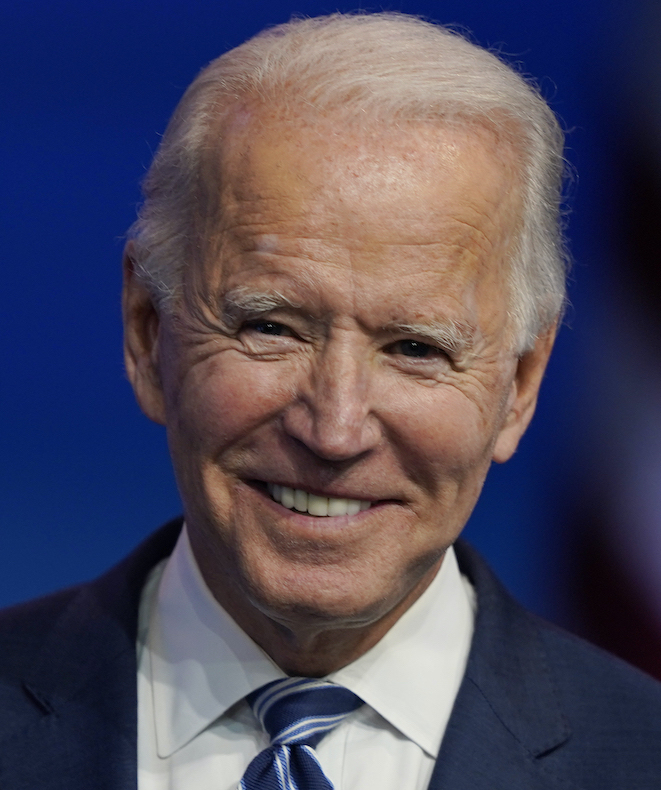Use the Defense Production Act to produce personal protective equipment
Joe Biden
"Fully use the Defense Production Act to ramp up production of masks, face shields, and other PPE so that the national supply of personal protective equipment exceeds demand and our stores and stockpiles — especially in hard-hit areas that serve disproportionately vulnerable populations — are fully replenished."
Biden Promise Tracker

Promise Kept